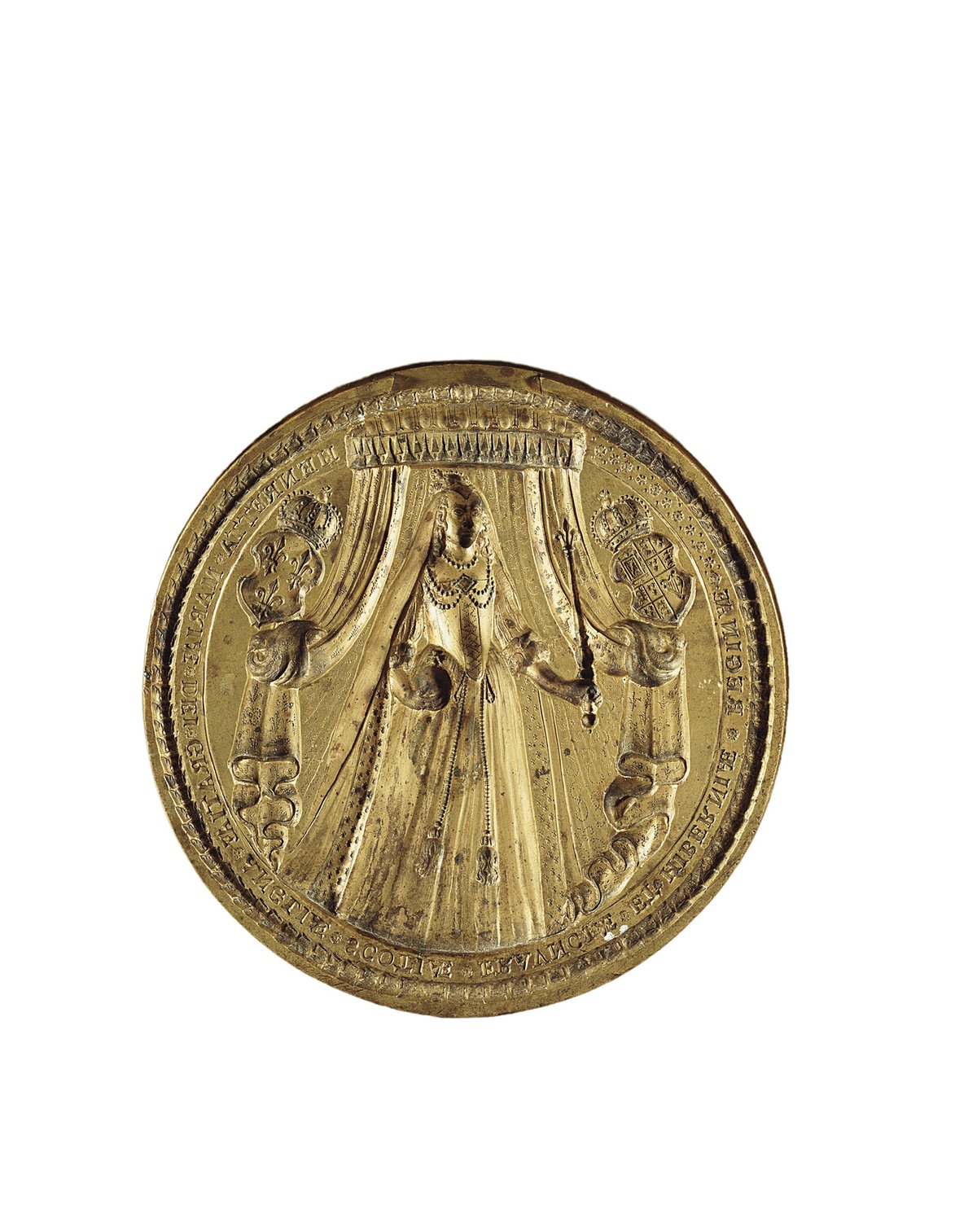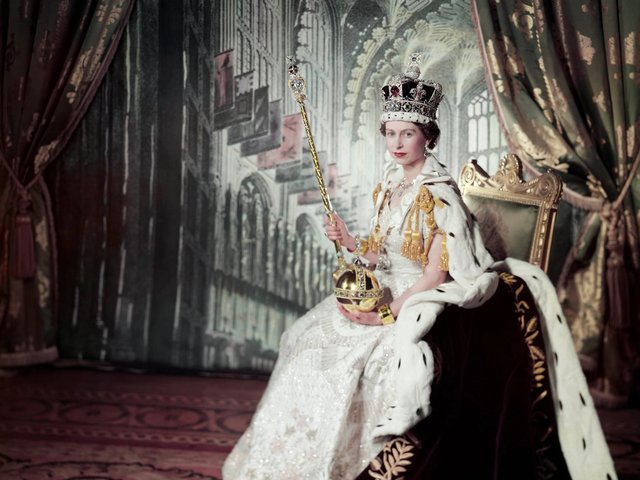Erin Griffey’s On Display: Henrietta Maria and the Materials of Magnificence at the Stuart Court makes an important contribution to the wider study of Early Modern visual and material culture, the concept of magnificence, and the place of queens consort within these debates. As the author says, a monarch was “always on display, quite literally omnipresent throughout the court”. While recognising that a monarch’s power and magnificence were communicated through court ceremonial, as well as within the decoration of their palaces, works of art and the luxury goods they owned, Griffey demonstrates how queens consort faced similar concerns over how their own magnificence and influence were displayed.
In this richly illustrated and in-depth study based on archival evidence found mainly in England and France, Griffey investigates the story of Queen Henrietta Maria’s life from her marriage to the future King Charles I to the aftermath of her death at Colombes. Readers familiar with Griffey’s earlier work will recognise that this book is indicative of the author’s position as a proponent of the “cultural” and “spatial” turn that Early Modern studies have taken. The book as a whole follows a chronological order to consider the spaces inhabited by the queen, as well as her display and representation across the period. The author raises significant questions about the predominant focus on “ceremonial protocol and palace topography” within studies of space in Stuart historiography.
While agreeing that access to the king or queen was determined by hierarchical status, favour and diplomacy, Griffey demonstrates how the furnishings of rooms reflected those ranks. Understanding how the decoration of the queen’s palaces responded to courtly conventions of magnificence, at the same time as providing helpful indications of Henrietta Maria’s broader concerns, helps to widen discussion of the politics of spatial dynamics in innovative ways. The author’s meticulous charting of household accounts and inventories offers a fuller investigation of the queen’s “directorial” influence and independence over her palaces and rooms, the commission and selection of works of art, and payments to artists, artisans, household officers and servants.
Chapters examine Henrietta Maria’s transition from princess to queen consort, the handing over of Somerset House to her as part of her marriage settlement, and the modifications she made to its interior furnishings, the movement of goods between palaces, and the impact of motherhood, exile and Restoration on expenditure and representation. Throughout her study, Griffey keeps concepts of confessionalism, gender and magnificence to the fore.
On Display introduces readers to less well-known artefacts belonging to the queen, such as a surviving basin and ewer telling the story of the punishment of Scylla for betraying her father and country. Griffey’s dating of these goods to Henrietta Maria’s trousseau of 1625 provides a powerful visual insight into the ecclesiastical concerns behind the Stuart-Bourbon marriage alliance, namely the protection of the queen’s religion and the promotion of Catholicism in Protestant England. Similarly, interesting observations are made over the extent to which motherhood reinforced Henrietta Maria’s increased visibility through portraiture and etchings that emphasised her authority as queen consort and mother to the Stuart dynasty.
Griffey argues that Henrietta Maria’s growing confidence, influence and piety were forcibly expressed through van Dyck’s portrayals (1632 and 1636) of Henrietta Maria with a crown or as St Catherine of Alexandria (1639)—underlining the shared “royal status” and “propensity for conversions” of the martyr and the queen. The extent to which the construction of the queen’s image served a political role is perhaps most forcibly made in Griffey’s discussion of the visual persona and image of Henrietta Maria as a “living martyr” as a counterpart to Charles I’s representation at his death.
The book contains useful indexes of the inventories under discussion, but there are obvious gaps in the history of Henrietta Maria’s life in terms of material goods and representation that these sources cannot fulfill. While the book sets out to explore the palaces inhabited by the queen during her lifetime, Henrietta Maria’s residency in Holland and at the royalist court in Oxford are absent, no doubt due to the impact of the civil wars on court records and institutional documentation. Although efforts are made to consider all the queen’s English palaces, the main focus on Somerset House is apparent.
Nonetheless, On Display raises awareness among scholars of the value of using material goods and representation to understand the diplomatic context, constraints and opportunities that the queen used to fashion her identity. Henrietta Maria’s display of magnificence extended to Charles II’s palaces, with her image and material goods providing strong support for her son’s restoration, as well as for Stuart dynastic relations with Bourbon France.
Sara Wolfson is a senior lecturer in early modern history at Canterbury Christ Church University. Her research interests concern the court and household of Henrietta Maria and she is currently working on a monograph on Henrietta Maria’s household
On Display: Henrietta Maria and the Materials of Magnificence at the Stuart Court
Erin Griffey
Yale University Press in conjunction with Paul Mellon Centre for Studies in British Art, 384pp, £40 (hb)




